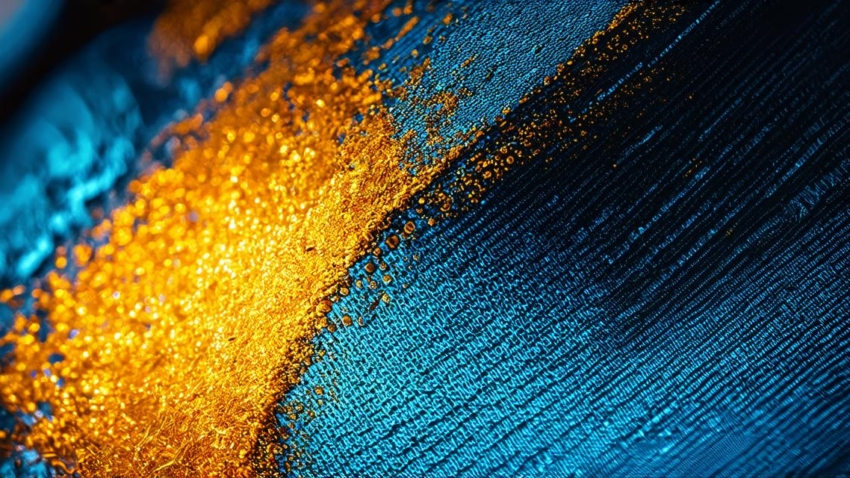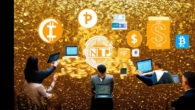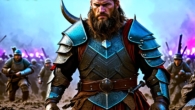
What is the purpose of NFTs
Introduction
The world of blockchain and cryptocurrency has seen a rapid expansion in recent years. One of the most exciting developments in this space is the creation of non-fungible tokens (NFTs). NFTs are digital assets that are unique, indivisible, and can be bought, sold, and traded on blockchain platforms.
What are NFTs?
An NFT is a digital asset that is unique, indivisible, and can be bought, sold, and traded on blockchain platforms. Unlike cryptocurrencies like Bitcoin, which are interchangeable and fungible, NFTs have a unique identity and cannot be replaced with another asset.
NFTs are created using smart contracts on blockchain platforms, which provide a transparent and secure way to trade and transfer ownership of digital assets. When an NFT is created, it is assigned a unique identifier (hash) that is stored on the blockchain. This hash serves as proof of ownership, authenticity, and rarity of the NFT.
How do NFTs work?
The process of creating an NFT involves several steps. The first step is to define the asset being created and its attributes. For example, if you are creating a digital art piece, you would define its color scheme, composition, and other attributes. Next, you would create a smart contract on a blockchain platform that defines the rules of ownership, authenticity, and transferability of the NFT.
Once the smart contract is created, you can mint the NFT by assigning it a unique identifier (hash) and storing it on the blockchain. This process creates a digital asset that is unique, indivisible, and can be bought, sold, and traded on the open market.
The value of an NFT is determined by supply and demand. If there are only a limited number of NFTs available, their value will increase as more people want to own them. On the other hand, if there are too many NFTs in circulation, their value will decrease as demand decreases.
What are some potential uses of NFTs?
NFTs have the potential to revolutionize various industries, including art, music, gaming, and collectibles. Here are some potential uses of NFTs:
- Art: NFTs can be used as a way to sell digital art pieces and other collectibles. By creating an NFT for an artwork, artists can prove ownership and authenticity, making it easier to buy, sell, and trade the piece on the open market. This can also provide a new revenue stream for artists who want to monetize their work.
- Music: NFTs can be used as a way to distribute music and other digital content. By creating an NFT for a song or album, musicians can prove ownership and authenticity, making it easier to sell and distribute the content on various platforms. This can also provide a new revenue stream for artists who want to monetize their work.
- Gaming: NFTs can be used as a way to create in-game items and assets that are unique, indivisible, and can be bought, sold, and traded on the open market. By creating an NFT for a game item, developers can prove ownership and authenticity, making it easier to buy, sell, and trade the item on various platforms. This can also create new revenue streams for game developers.
- Collectibles: NFTs can be used as a way to sell collectibles like rare coins, stamps, and other items. By creating an NFT for a collectible, owners can prove ownership and authenticity, making it easier to buy, sell, and trade the item on various platforms. This can also create new revenue streams for collectors who want to monetize their collections.
FAQs
1. What is the difference between NFTs and cryptocurrencies?
NFTs are unique, indivisible, and can be bought, sold, and traded on blockchain platforms, while cryptocurrencies are interchangeable and fungible.
2. How are NFTs created?
NFTs are created by defining the asset being created and its attributes, creating a smart contract on a blockchain platform, and minting the NFT with a unique identifier (hash).
3. What is the value of an NFT?
The value of an NFT is determined by supply and demand.

4. Can NFTs be used in art?
Yes, NFTs can be used as a way to sell digital art pieces and other collectibles.
5. Can NFTs be used in music?
Yes, NFTs can be used as a way to distribute music and other digital content.
6. Can NFTs be used in gaming?
Yes, NFTs can be used as a way to create in-game items and assets that are unique, indivisible, and can be bought, sold, and traded on the open market.
7. Can NFTs be used in collectibles?
Yes, NFTs can be used as a way to sell collectibles like rare coins, stamps, and other items.
Summary
NFTs are digital assets that are unique, indivisible, and can be bought, sold, and traded on blockchain platforms. They have the potential to revolutionize various industries, including art, music, gaming, and collectibles. By creating a smart contract on a blockchain platform, NFTs provide a transparent and secure way to prove ownership, authenticity, and rarity of digital assets. As more people become interested in NFTs, we can expect to see a rapid expansion in the use cases for this exciting technology.







